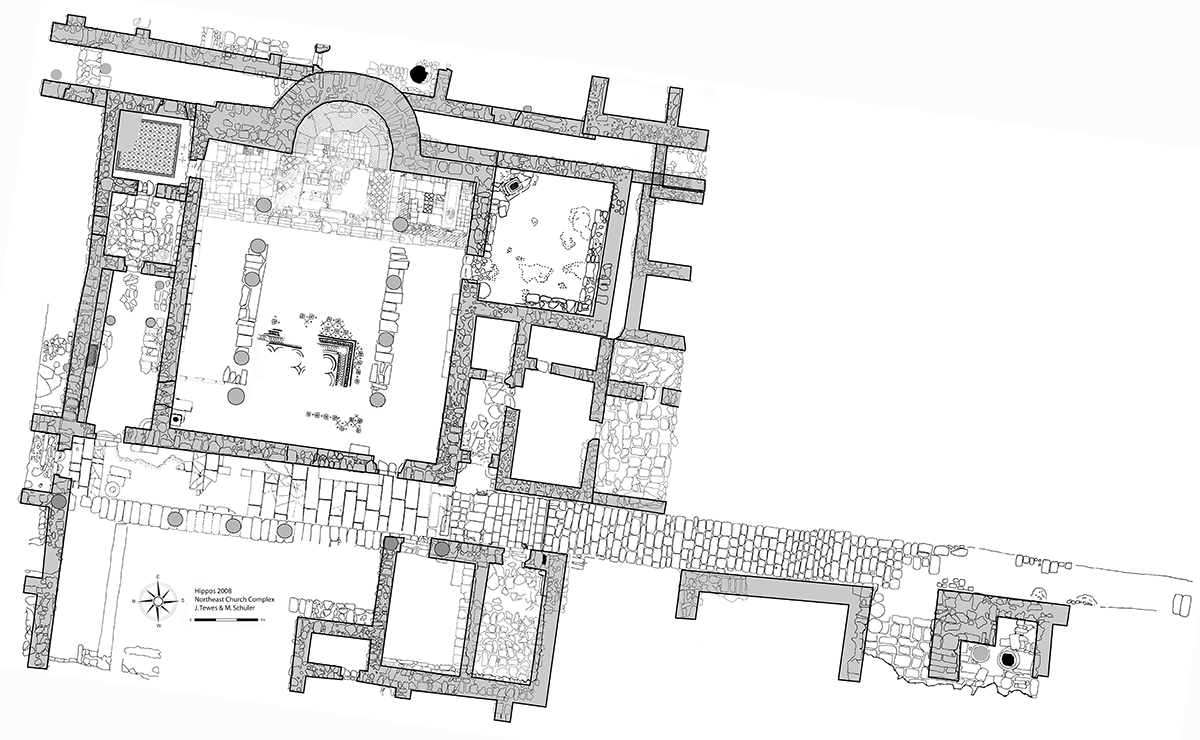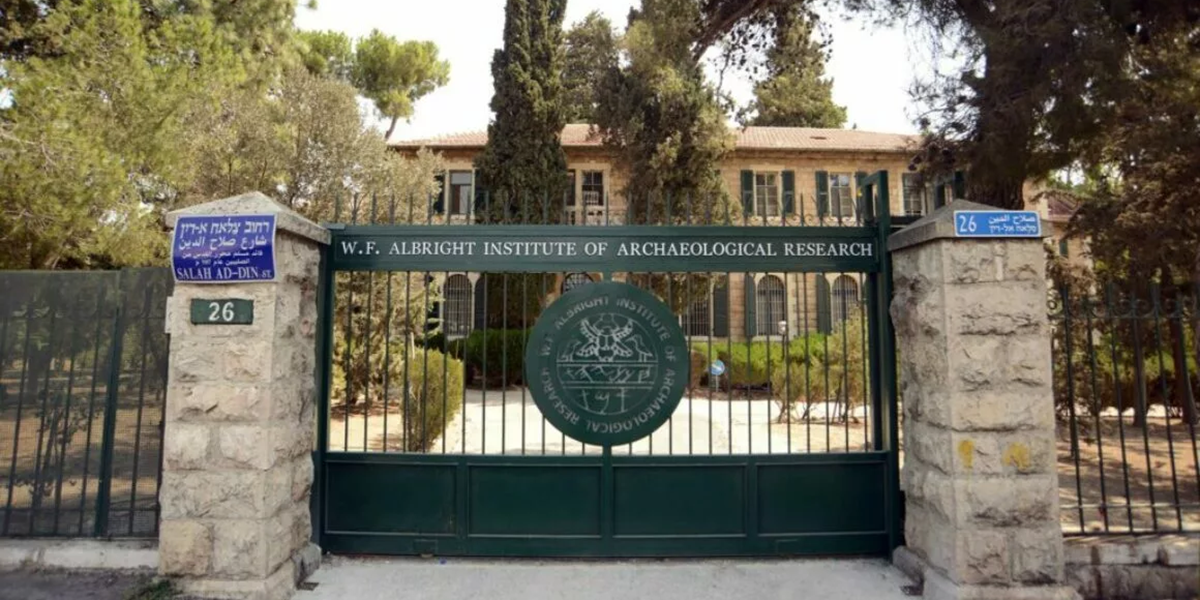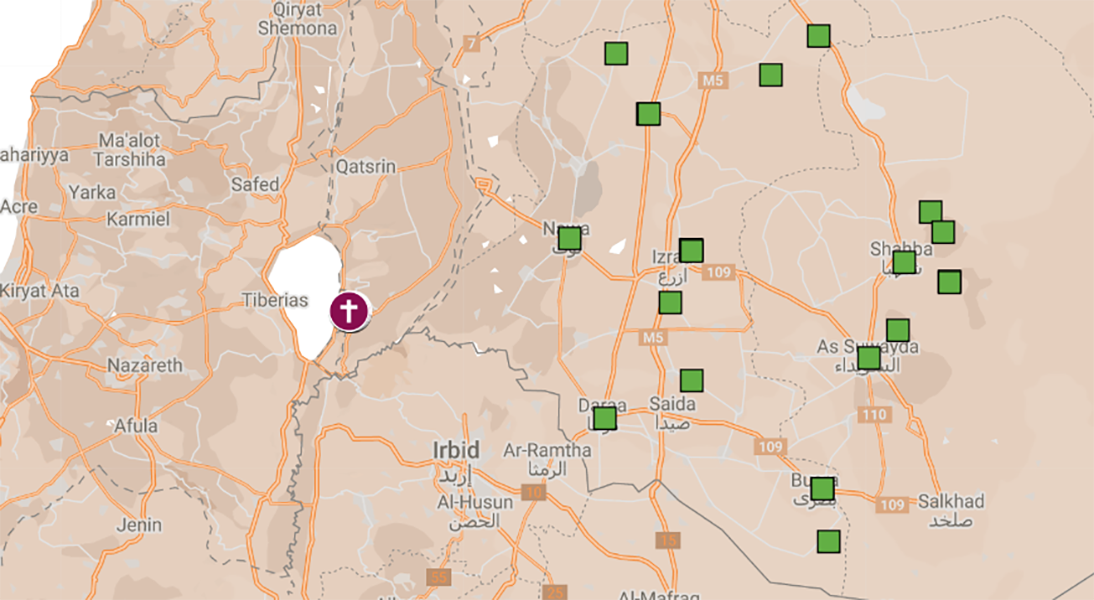Annexes to the Northeast Church
As part of my research at the Albright, I read an article by Joseph Patrich, “The Transfer of Gifts in the Early Christian Churches of Palestine: Archaeological and Literary Evidence for the Evolution of the ‘Great Entrance'” (Pèlerinages et lieux saints dans l’Antiquité et le Moyen Âge : mélanges offerts à Pierre Maraval, Paris: 2006, pp. 341-393). In discussing annexes to 5th/6th century churches, Partich writes about “the diakonikon of the Testamentum Domini and the rooms located in an immediate proximity to it – the house of the offerings, and the treasury (= gazophylakion); a complex that served as a sacristy for the sacred vessels, the storing of the gifts of the faithful, and the display of the Eucharistic gifts” (p. 350). The Testamentum Domini is a document of church regulations including instructions for building a church. It comes from Syria in the mid-fifth century.
Patrich continues, “According to the Testamentum Domini the church should have three entrances and the Diakonikon … should be located to the right of the right entrance…. The Diakonikon, accessible from a forecourt, thus formed a southern annex to the church” (p. 351).
I initially identified the annexes of the Northeast Church as follows:
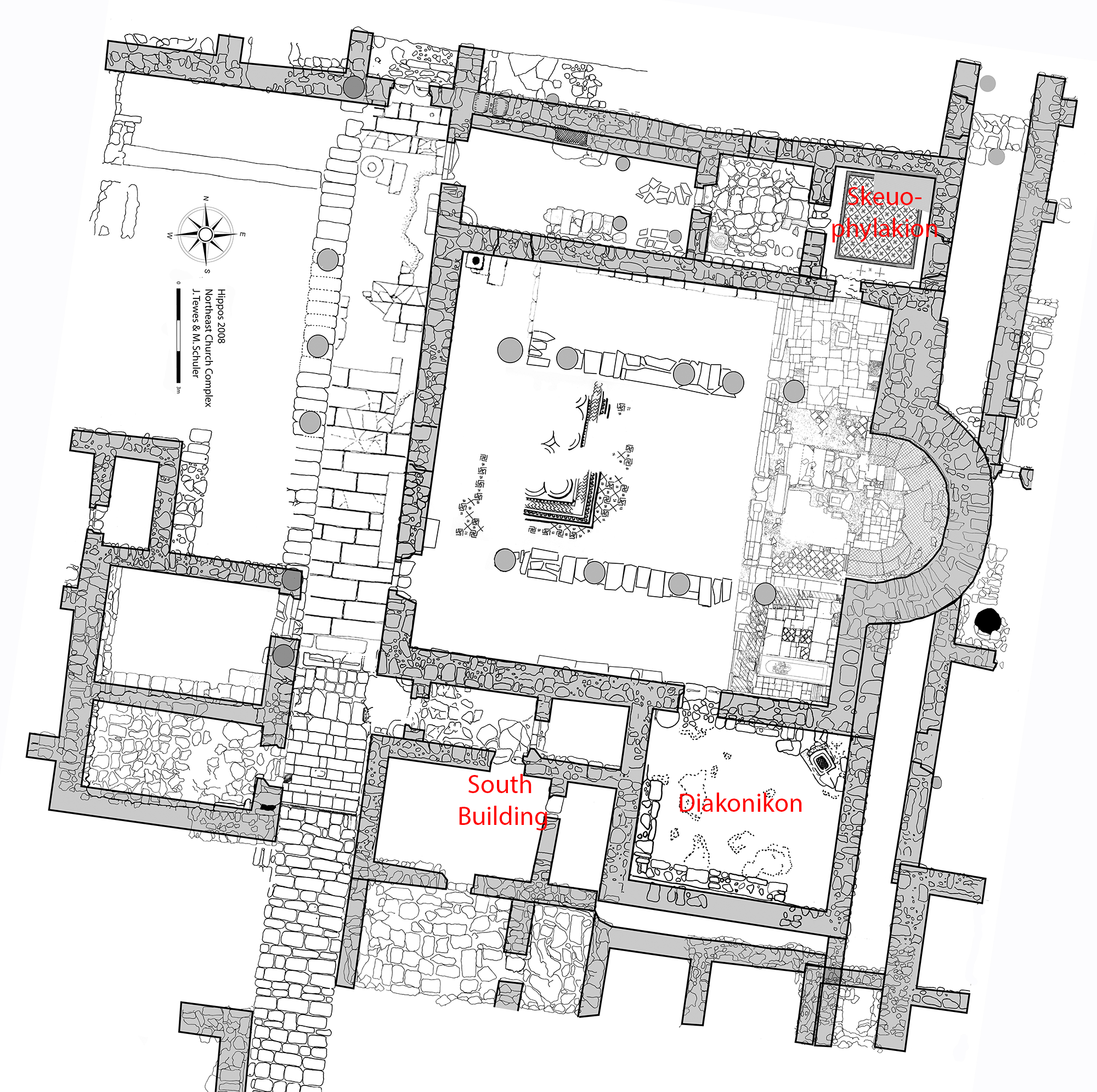
I didn’t know quite what to make of the south building, as its entrance foyer was just outside the main doorway to portico of the church and it had three rooms. Subsequently, the identification of the diakonikon changed as more evidence came to light that it served as a healing center connected to the cult of the elderly woman buried next to it in the chancel. The description of the diakonikon in the Testamentum Domini seems to fit the south building.
When I checked the logs of the excavation of those spaces, the larger room had significant quantities of domestic pottery sherds at or near floor level, as one would expect in a space to which people brought their gifts.
If this analysis is correct, the south annexes of of the church would be labelled as follows:
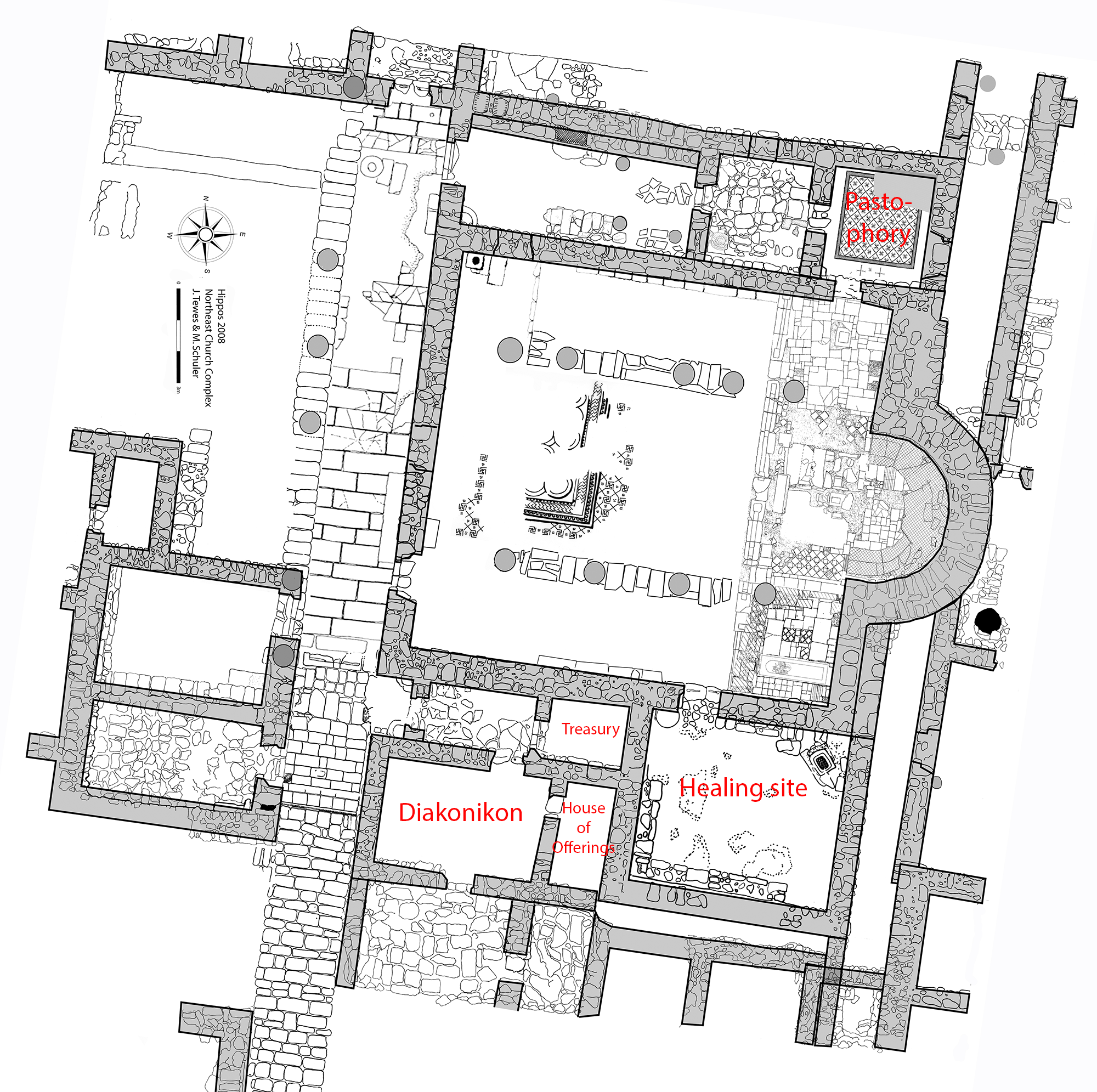
My work at the Albright is currently focused elsewhere, but such potential insight into previous work does pop up … a tangential benefit of being at the Albright.
